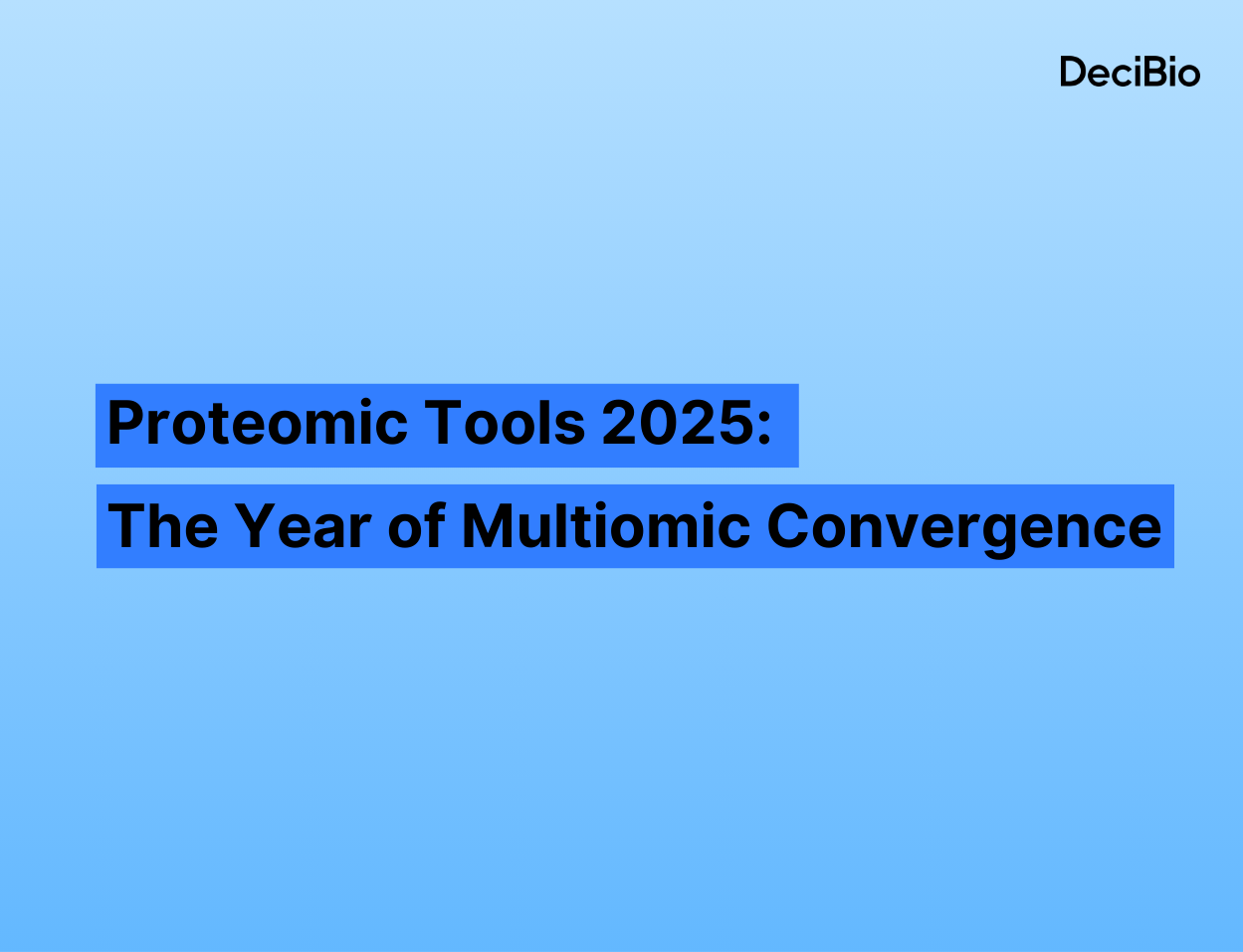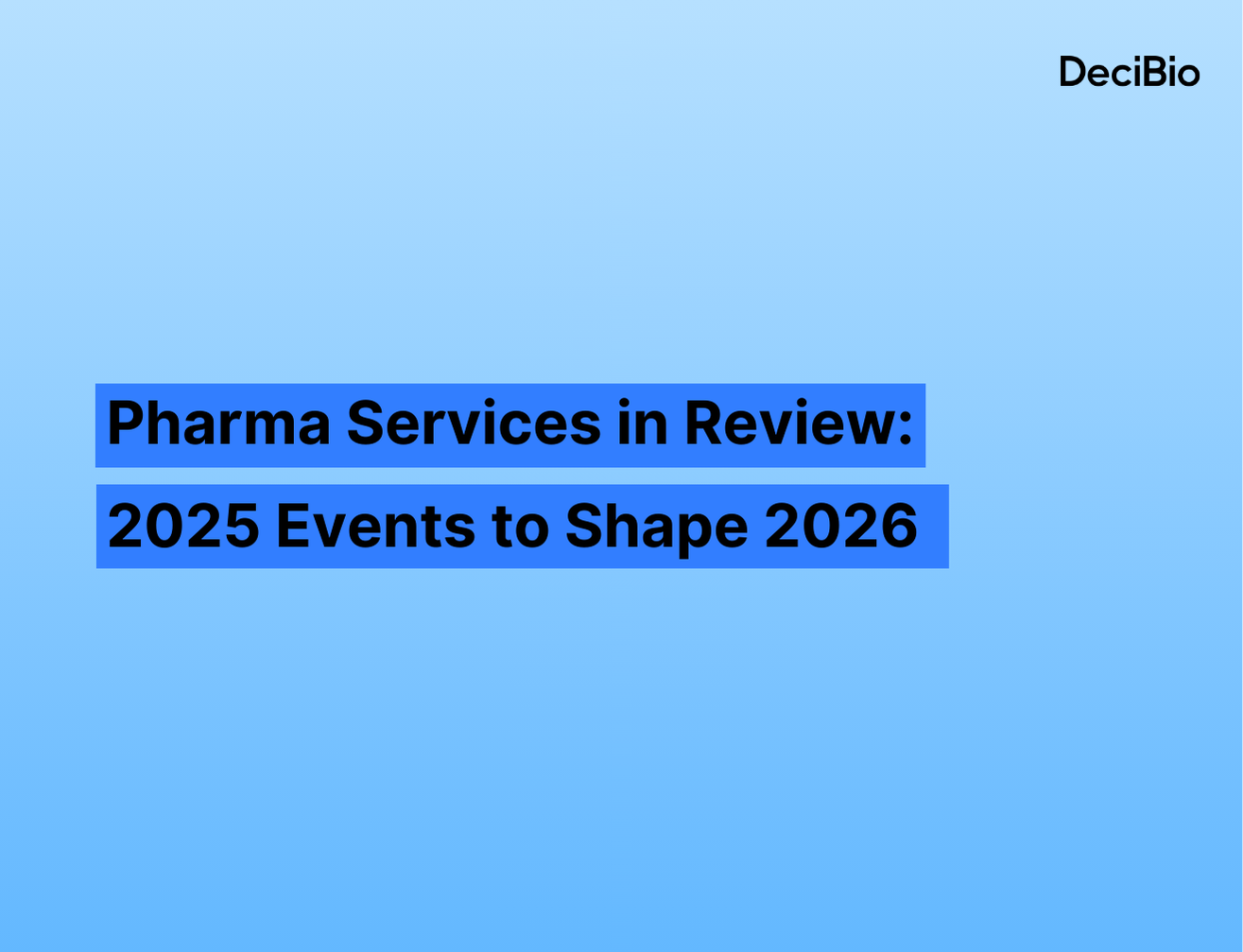Hollywood, FL February 10, 2023 – AGBT is consistently fun and instructive, and this year was no different. With the 2022 vintage only 8 months in the rearview mirror, the inaugural IGF in September 2022, ASHG in October 2022, and JPM in January 2023, announcements this year were perceived by attendees as more “numerous and incremental” than transformative. The $100 genome is here with shockingly limited fanfare and celebration, and Nanostring’s CosMx will offer 6,000 plex at subcellular resolution. No biggie. We’re clearly getting spoiled!
As usual, we conducted a survey on the last evening of the conference asking 50 attendees “what they would remember from AGBT 2023?” We assigned 3 points to their first answer, 2 points to the second, and 1 point to the last answer (and additional ones). A handful of people gave >3 answers (typically as a small group). The results do not necessarily reflect DeciBio’s perspective, and we selected representative quotes.
Survey Results:
#1 – Spatial, spatial, spatial (First place, 77 points, 36 mentions [82 points and 36 mentions in 2022]):
For the fourth AGBT in a row, spatial profiling was the talk of the town. “This year’s theme… mmmm… I’m trying really hard not to say spatial (transcript)omics”. Interestingly, the field seem to be consolidating around 4 key front runners: Nanostring (pushing plex), 10X Genomics (emphasizing throughput), Vizgen (emphasizing data quality), and Akoya (pushing proteins / more clinical applications). Nanostring and 10X were top of mind (in that order, in a 60/40 split) when interviewees were pressed on the company that caught their attention.
#2 – New sequencers are shipping and getting installed (45 points, 20 mentions [60 points and 24 mentioned in 2022]):
Attendees continue to be excited about increased competition on the sequencing side. Element -and its Cloudbreak chemistry- came up most often in our (short reads) discussions. “We’re starting to see how these platforms perform at customer sites, and it seems encouraging.” Many high throughput customers are excited about the NovaSeq launch, but overall disappointed with the company’s long read solution “The NovaSeq X may give you not only more short read data, but better data […] in contrast, Illumina would have been better off not announcing anything on the long read side; it’s too expensive and lower quality than PacBio”.
#3 – Long reads solutions from PacBio and Oxford Nanopore impress (30 points, 13 mentions):
PacBio came out swinging – “Flo Rida knows how to put on a show!” Many survey respondents were excited about the Revio launch. “We’re finally getting long read complete genomes at a more reasonable price.” As we reported in the past, users are also increasingly interested in epigenomics information (see below). “Telomer to telomer sequencing is now easily achievable.” Given attendees’ enthusiasm, we leave the meeting with a more bullish perspective on PacBio than just a week ago.
#4 – Single Cell Analysis on Chromium is common, and perceived as the “right way to do RNA-Seq” in academic circles (16 points, 9 mentions):
10X genomics have a large installed base of 1,000’s of instruments that are now routinely used for applications that can dissect complex biological phenomena. “We see scientists use single cell analysis because you need this level of granularity to get the right answer, not simply because it’s cool! The bioinformatics solutions to make sense of the data are getting better, and we now know how to present / visualize the data.”
#5 – The beefalo’s story impresses (12 points, 7 mentions):
In yet another impressive talk, Beth Shapiro’s talk on the beefalo captivated many attendees. “There was an interesting conservation / animal theme at this conference. I enjoyed Shapiro’s beefalo and Mason’s mammoth (6 points, 4 mentions) talks the most! Colossal has an interesting business model, as they spin out exciting companies along the way to resurrecting these species.”
#6 – Methylation research gains traction on long read platforms (11 points, 6 mentions):
Methylation was brought up in many discussions using both short and long read solutions. “The quality of methylation data you can get out of single molecule long read sequencers is quite good! We look at broad changes in methylations signatures, going from 20% to 90% methylated, so individual nucleotide resolution is not important anyways.”
#7 – Proteomics joins the party (11 points, 5 mentions):
The number of talks and announcements mentioning proteins were outstanding given the conference’s focus on genomics. Protein plex in the “dozens” appear to be enough (for now), in sharp contrast to the genomics end where users increasingly expect whole transcriptome. “Proteomics is coming to AGBT – I hope they invite protein sequencing companies next year!”
#8 – Single cell instrument-free solutions are perceived as attractive (8 points, 5 mentions):
From a technology adoption curve perspective, we believe that the single cell market is crossing the chasm. As the field progresses from early adopters to early majority, customers demand streamlined workflow and lower costs; instrument-free solutions can provide the latter, at the expense of the former. “I was excited by the Evercode TCR presentation from Parse to profile TCR alongside whole transcriptome with single cells resolution.”
#9 – Complete Genomics announces the $99 genome (8 points, 4 mentions):
With remarkably little fanfare, Complete Genomics announced a $99 genome. Former users expressed excitement with the data quality and price, but other macro factors may gate adoption: “It will be hard for BGI / Complete Genomics to compete in the U.S. if they remain blacklisted.”
#10 – Multiomics becomes possible at scale with single cell resolution (8 points, 4 mentions):
In the same vein as the proteomics point above, multiomics was highlighted in many of the talks as instrumental to understand the underlying biology. “I want to put my hands on the Chromium Flex to profile and quantify gene and protein expression in single cell.”
Attendees also highlighted:
· There was a long tail of interesting announcements and trends that caught attendees’ eyes (57 points, 31 mentions [a sharp increase over 2022: 19 points, 13mentions])
· Issues persist with the sample prep bottlenecks, and how automation may help address it
· Pan genomics efforts are welcomed
· Pricing transparency is remarkable, both in the sequencing and single cell space – it used to be frown upon to talk about money
Finally, we were impressed by a quick elevator pitch from Pixelgen Technologies. We’re looking forward to learning more about them! For more recaps, feel free to check out Keith and Dale’s blogs, as well as Alex Cagan’s fantastic notes.
This article was written in a rush, in part in the back of a cab, so please excuse any typos! #NGSisUnstoppable
Survey method: We asked interviewees what they would remember about AGBT 2023, focusing on technology, announcements, and trends. We attributed 3 points for respondent first answer, 2 points for the second answer, and 1 point for additional answers. On average, people provided ~3 answers (up to 5 answered when interviewing small groups).
---
Author: Stephane Budel, Partner at DeciBio Consulting, LLC
Connect with Stephane Budel on Linkedin
Disclaimer: Companies listed above may be DeciBio clients and/or customers





.png)


